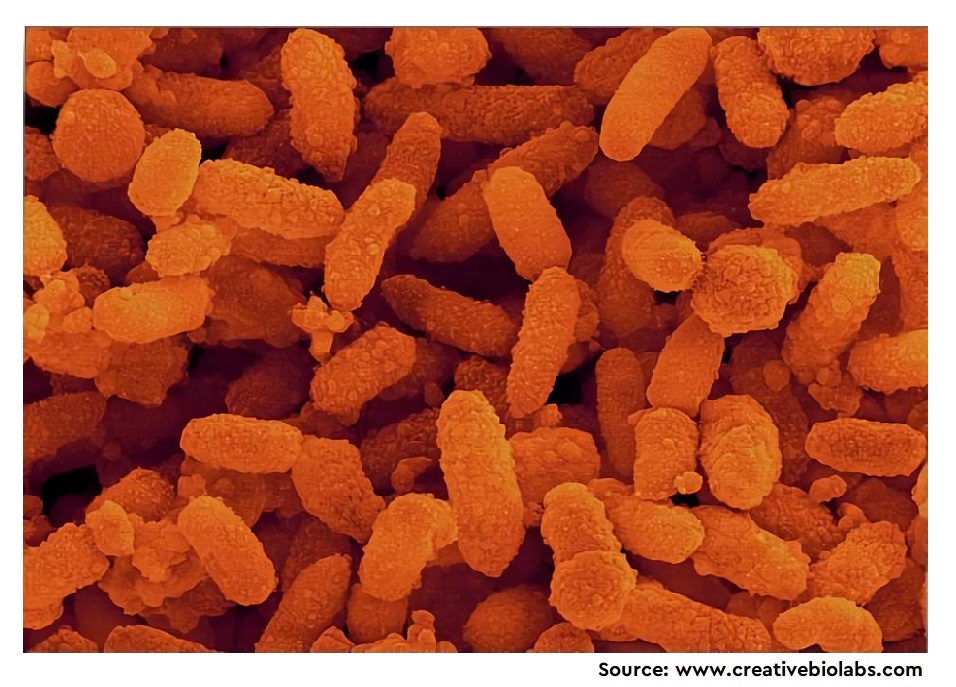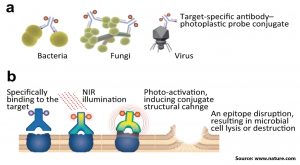The presence of microorganisms is ubiquitous and Aeromonas species is one great example. These are found in both aquatic and environmental habitats including sediment, sea water, estuary, sea grass, sea weed and water. Among various species, A. hydrophila is the most studied due to its ability to cause diseases in humans & animals as well as the increasing resistance towards antibiotics. A. hydrophila can lead to septicemia, meningitis, wound infections and diarrhea. The key factors involve the presence of virulence factors such as aerolysin, haemolysin, lipolytic activity, gelatinase, slime production and antimicrobial peptides. In this regard, a recent study has been conducted by Odeyemi et al. (2021) in parts of Malaysia to check the virulence and antibiotic resistance profile of A. hydrophila isolated from estuarine environment.
Briefly, the strains used in the present study were isolated from water and sediment samples obtained from Sungai Melayu, Johor, Malaysia. The screening for virulence factors included proteolytic enzyme, slime production, biofilm production and the antibiotic resistance profile. It was found that most of the isolates were biofilm producers with a range from weak to strong. While the antibiotics susceptibility test revealed that all the isolates were resistant to between 6 and 10 antibiotics. Sadly, 8 isolates showed resistance to 80 % of antibiotics. The findings of the study indicates that isolated Aeromonas species from marine environment possess various virulence factors in vitro especially resistance of the isolates to antibiotics and heavy metal.
The study points towards the fact that the phenotypic evaluation of Aeromonas for putative virulence factors can be an indicator of pathogenicity of the organism. Hence, evaluation of these factors can act as rapid method for detection of virulence A. hydrophila from marine environment.
To know more, please visit the website of Journal of Microbiology, Biotechnology and Food Sciences (Link).







